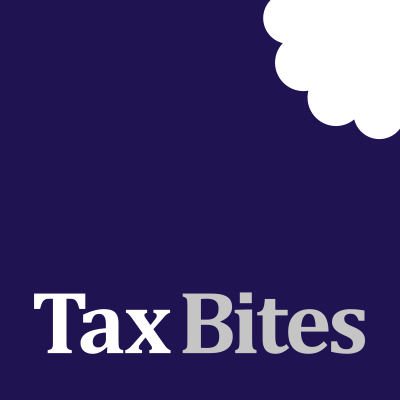
Are there any tax benefits in ‘phoenixing’ post-5 April 2016?
10th March 2016
Posted in Articles, Business Tax, Corporation Tax, Featured Articles by Andrew Marr
The Issue
After 5 April 2016 there will be a maximum tax difference of 28.1% (38.1% – 10%) between extracting funds from a company as dividends and extracting them as capital.
This means that there is more incentive than ever for shareholders to extract funds through a members’ voluntary liquidation and unsurprisingly HMRC wants to close the door on this. In a bid to stop it from working after 5 April 2016 new rules have been introduced to stop liquidation distributions being treated as dividends unless the shareholders completely cease involvement with the business activities that the company undertakes. These rules will stop a shareholder from liquidating his company and then carrying on the same business in a different company.
Opportunities
Many shareholders are likely to be racing through liquidations as we speak, subject to commercial constraints. They are relying on the fact that the new rules do not kick in until 6 April 2016 and they are also calling HMRC’s bluff on whether other legislation can bite to make liquidation distributions taxable as dividends. HMRC claim that they can use the rather complex ‘transactions in securities’ legislation to achieve this but most commentators disagree.
After 5 April 2016 there may still be opportunities to take advantage of liquidations to extract funds at 10% as follows:
- Cease trading and then liquidate within 3 years of trade cessation. For distributions to be taxable at 10% there would have to be a plan for the shareholders to also cease any related activities within the 3 year period so that liquidation distributions can take place after related business activities have ceased. Otherwise the new legislation (above) would treat distributions as being taxable as dividends.
- The new rules only apply to ‘close companies’ which means that it only applies to companies controlled by 5 or fewer participators. Although this is likely to be the case for most privately owned companies, syndicate-type companies may fall outside these rules (eg. A property development syndicate with more than 10 members). Clearly shareholders would need to meet other Entrepreneurs’ Relief conditions in order to benefit from the 10% rate.
All this kind of tax planning would need to be reviewed in conjunction with the freshly revamped transactions in securities legislation.



